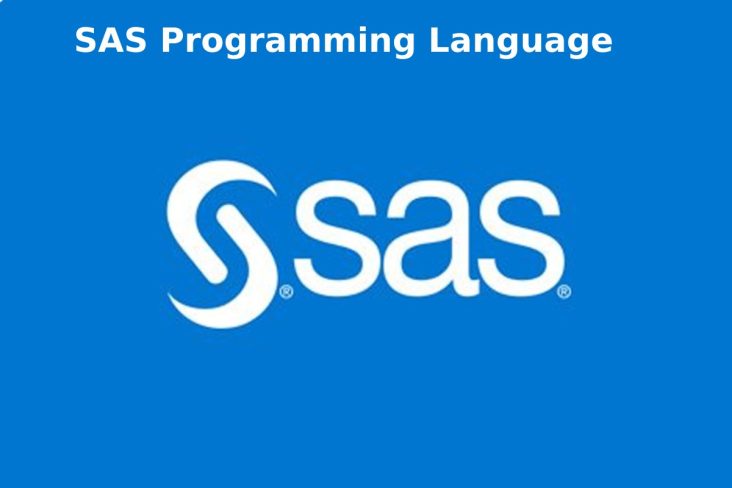Introduction
SAS Programming Language is a software suite developed by SAS Institute, one of the leading analytics providers. It helps you perform advanced analytics, multivariate analysis, business intelligence, data management functions, and predictive analytics.
What are The Uses of the SAS Programming Language?
SAS is used by many top organizations, including Google, Facebook, Twitter, and Accenture, to answer many questions that exist at the business and organizational levels, and it does use it to produce informative reports. Useful for business forecasting, quality improvement, operational research, and project management. It is beneficial for application development and graphic design. This article aims to understand how SAS applications work and demonstrate their performance.
What are The Types of SAS Software?
Various types of SAS software are available. In general, there are four types of SAS software:
- SAS for Windows
- SAS EG (company handbook)
- SAS Enterprise Miner (EM)
- SAS statistical software
The most commonly used software of the above types is SAS for Windows. Easy to deploy, modernize your SAS environment by enabling grid processing.
SAS Libraries
A library is a SAS storage mechanism. You can save programs with similar properties. There are two types of libraries, temporary and permanent. A temporary library is a library that exists only during the current SAS session or job. As the name suggests, persistent libraries are stored on external storage and do not delete when the session ends.
SAS Programming Workflow
SAS programming applications do characterize by specified flow control. In the first phase above, the SAS program reads the data. This data do typically stored as worksheets in an Excel workbook. This phase connects to the workbook and imports the data in a format suitable for use in subsequent steps.
Explore Data – SAS Programming Language
phase checks for mismatches and illegal values. Frequency reports and summary statistics remain to do generated here. A glance at these reports and summaries may reveal some discrepancies. For example, all but one of the categorical attribute label names might be uppercase. Another example of an illegal value is a negative value for the lowest score scored by a hitter in a series of games.
Prepare Your Data
This phase fixes the problems identified in the previous step. Here we create new columns using existing values or concatenate them. Conditional processing occurs during this phase, and specific tables join to allow a more consistent data display.
Analyzing and Reporting Data and Exporting Results
A Last two phases combine into one in SAS programming applications. Here you create maps based on geographic coordinates, summary statistics, etc. These are part of the output model used to display the results. You can also save the output model you create in an Excel workbook and download it for later offline use. SAS also has over 200 components. Common components include:
- Base SAS
- SAS/Graph
- SAS/statistics
- SAS/Insight
- SAS/PH
- SAS/ETS etc.
It is the overall skeleton of a SAS programming application.
SAS Programming Language Data Library
It does understand with an elementary example. Before preparing the tea, it’s essential to know where all the ingredients are. The SAS programming library is where SAS data sets are stored. The format of the SAS library depends primarily on your operating environment.
It is one of the best features of SAS programming. The availability of various libraries makes performing statistical functions much more accessible. In the new SAS, the Studio Library appears in the Navigation Pane.
SAS Application
The main uses of SAS in analytics are observing trends, deciphering patterns, and providing statistical conclusions. In the field of data management, it is mainly used for listing, characterizing, sorting, and filtering data.
Its applications in multivariate analysis include factor analysis, preference analysis, and many other types of research. At the core of using SAS is the analysis of data, on which strategic decisions remain made.
Conclusion
We studied SAS Programming Language statistics for mining raw data and transforming it into a readable and interpretable format. We use this for business analysis to make strategic decisions. A SAS program consists of an ordered series of statements. You can quickly write SAS instructions in English to instruct the system. So you’ve learned the complete guide or cheat sheet for SAS programming tutorials.





GIPHY App Key not set. Please check settings